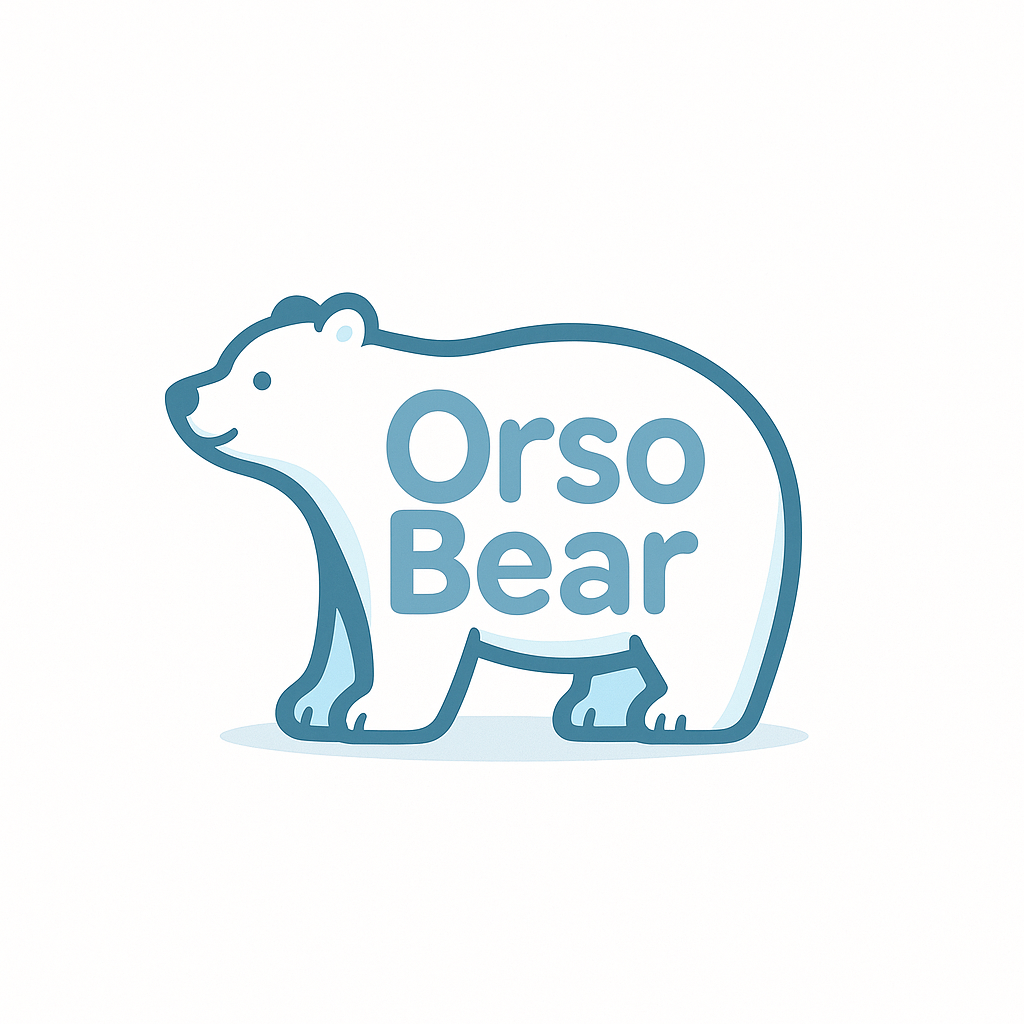In recent years, the world has witnessed a technological revolution that has transformed our lives significantly. Artificial Intelligence (AI) is one such innovation that has become a catalyst in the process. Now, AI is not just limited to large corporations or tech giants. Even small businesses are exploring AI tools and using them to their advantage. One particular form of AI, known as Generative AI, has shown immense potential in transforming small businesses. Let’s explore how!
What is Generative AI?
Generative AI is a subset of artificial intelligence that leverages machine learning techniques to produce content. It has an impressive ability to understand, learn, and generate new content from the data it has been fed. This content could be anything, ranging from images, music, speech, or text. Essentially, Generative AI can create something out of nothing, leading to numerous possibilities for small businesses.
For instance, AI tools like OpenAI’s GPT-3 can write unique articles, create poetry, or even write code. Similarly, DeepArt and DeepDream can generate unique pieces of art. These tools can help small businesses in various ways, such as content creation, product design, and much more.
Content Creation and Marketing
One of the primary applications of Generative AI for small businesses lies in content creation and marketing. Content is king in today’s digital age, and businesses are always in need of fresh, engaging content to attract and retain customers. However, creating unique content consistently can be time-consuming and expensive, particularly for small businesses.
Generative AI tools can automate this process and produce high-quality content in a fraction of the time. For example, a small business could use GPT-3 to write blog posts, create social media posts, or even draft emails. This not only saves time and resources but also allows businesses to focus on other essential aspects of their operations.
Product Design and Development
Generative AI can also be a game-changer in product design and development. AI tools like Autodesk’s Dreamcatcher allow businesses to input design goals and constraints, and the AI produces a range of design options. This can significantly speed up the design process and allow small businesses to bring products to market more quickly.
A case in point is a small bike manufacturer that used Dreamcatcher to design a new lightweight bike frame. The AI generated several design options, which were evaluated and refined to produce a final design. This process was not only faster but also resulted in a more innovative and efficient design than traditional methods.
Future Implications of Generative AI
The potential of Generative AI is immense and we have only scratched the surface. As the technology evolves, it will empower small businesses in unprecedented ways. For instance, Generative AI could be used to generate personalized marketing campaigns, design custom products for individual customers, or even create virtual realities for online shopping.
Moreover, the advancement of Generative AI will democratize access to creative talent. Small businesses that cannot afford to hire a team of designers or content creators could use AI tools to fulfill their needs. This could level the playing field and enable small businesses to compete with larger players in the market.
Conclusion
Generative AI is a powerful tool that can transform small businesses in numerous ways. Whether it’s creating engaging content, designing innovative products, or personalizing customer experiences, AI has the potential to revolutionize the way small businesses operate.
The key takeaway is that Generative AI is not a futuristic concept; it’s here now, and small businesses can start leveraging it today. By embracing AI, small businesses can not only save time and resources but also gain a competitive edge in today’s fast-paced business landscape.




